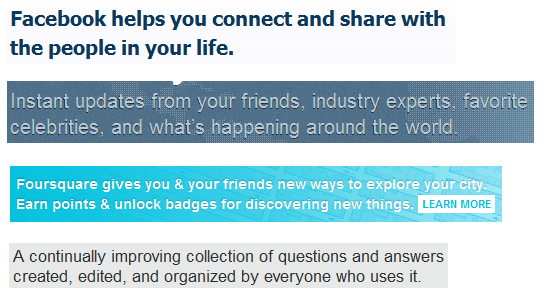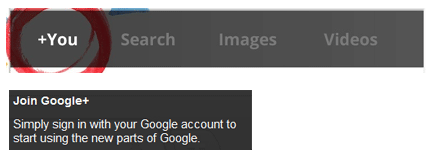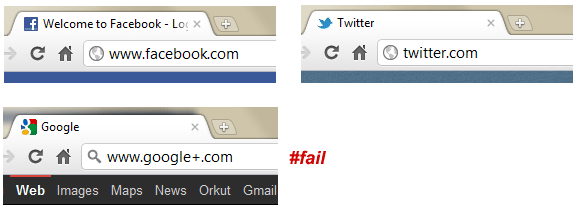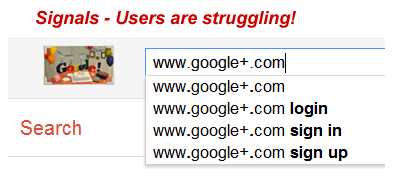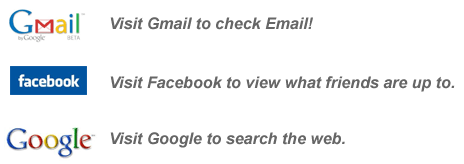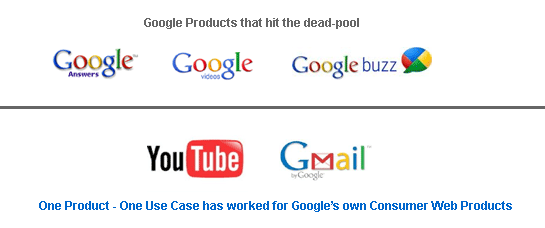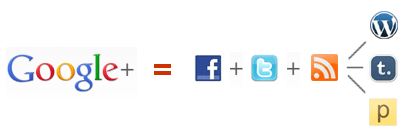Note: I recently gave a talk at The Startup Leadership Program and shared thoughts on Product Management and how to go about building great technology products. The deck I shared is embedded w/t the post.
This for all founders & product geeks (that includes me too) who want to build the next great product. Sharing all this for #StartupKarma (Heard this from Bowei – ‘Continue to give away and help other entrepreneurs with a hope that it comes back to you someday!’)
.
The Background:
As a startup founder, one gets bombarded with advice on pitching, raising investments, growth hacking, marketing and so on. It comes to us through one-on-one interactions, posts we read or multiple startup events and meetups. Unfortunately there is very little or no advice that actually helps you build your product.
Over months, I have studied product patterns in several successful products (like Facebook, Twitter, Quora and so on). This has made me believe that building great products is not just about picking random ideas and shooting in the dark, its a art and science both put together.
Here is a step by step guide for building a great product. I have taken Twitter in this case to demonstrate the examples, however you will be surprised to see the similarities with other products.
Note: Don’t proceed without understanding #0; and without finishing #1 & #2.
#0 | Think: Product does Marketing
The thumb rule for any great product is that you don’t need to market it; it requires zero marketing spends. Instead, it is the users who spread the word, acquire more users which leads to high growth. High virality and strong engagement are the two striking characteristics of a great product.
So here is the step by step guide towards building the next great product!
</end 0>
#1 | Think: What product are you building?
Have clarity about the product you are building. Make your product statement!
Here are the rules:
- Define your product in < 10 words. This is not your pitch statement, its your “product statement”.
- Be grammatically correct, include name of your product in these 10 words.
- No references with other startups / products. This cannot be “AirBnB for Cars” or “Facebook for Companies”.
Share this product statement with others. Does it communicate ‘everything’ your startup is going to build? If it does not, work on this again!
</end 1>
#2 | Think: Vision
Most startups have beginnings over a random idea (usually this sounds like a billion dollar idea then). Once those ideas get built in 3-6 months, the founders are lost and clueless on what next!
Have a vision around this product you are building. You can run out of ideas, but you can’t run out of vision. Build a product roadmap around this vision. (I mentioned it last year too – point 5 )
Make a note of the vision for your startup / company. Check if the product statement you wrote in Step 1 is the right to achieve the vision you just stated.
Now lets start with building!
</end 2>
#3 | Think: Atomic Unit of Product
I picked this up from Fred Wilson’s post which got me thinking for days on my our own product and even inspired me to rethink on our product / vision.
What is the atomic unit of your product? Example; Atomic unit of Twitter is a ‘Tweet’. For Facebook it is a status update. For Instagram it is a photo. For Gmail it is a email. For YouTube it is a video.
Simple rules about Atomic Unit of your product:
- It has to be owned by you.
- It should be only one. More than one atomic unit? Signs of trouble!
- Your product statement and vision should be centered around this atomic unit.
</end 3>
#4 | Think: Features
Were always confused on figuring out which features to build and which to let go? Answer is simple – build features only around the atomic unit of your product.
Example., Twitter’s core features – reply, retweet, favorite & follow (a user who tweets) are build around its core atomic unit – “tweet”.
Rules to remember:
- List down all features you can think / build around the atomic unit of your product!
- Strip down all the features you have on your product that are not centered around this atomic unit.
#5 | Think: Engagement
Want your users / customers to engage with your product – ensure that features you have selected to build around the atomic unit lead drive engagement.
Example., In case of Twitter, the engagement is Retweets, Favorites and Conversations that one can have around the atomic unit ‘tweet’. Similarly for Facebook it is – Likes, Comments, Shares and so on.
Don’t getting fascinated by engagement features around popular products and force-fit them on your product. Example., force-fitting the favorites like functionality from Twitter on your product.
Rules to remember:
- Drive engagement around the atomic unit of the product.
- Be innovate. Try multiple options to figure out the perfect fit around your product.
- Engagement should be measurable! (Example., 35 Retweets)
#6 | Think: Flexibility
Most startup founders I meet are not flexible. They don’t want to change their product and want users to follow a certain flow which they believe which is right. When asked why, most of the times the answer is “we don’t want to let user play around the product”.
Think twice. Your product should be flexible and your users ‘must play’ with your product. Your product should be flexible at its core – at its atomic unit! Example., Twitter lets you tweet text, a photo, video, post, location & in multiple languages. Others., Facebook lets your post a status that is a text, photo, video and so on. Same for Quora, Tumblr and the rest.
Rules to Remember:
- Give freedom to your user to play with your product.
- List down all formats in which a user can express the atomic unit of your product.
</end 6>
#7 | Think: Distribution
Key to success of any platform – distribution. Why does this come so late? – You need to build your product right before you even think distribution.
Most founders think distribution is ‘sharing on other platforms’. It is not! Before you even get to allow users to share & distribute to other platforms like Facebook or Twitter, get users to distribute on your own product.
Example., Retweet on Twitter, Share on Facebook, Upvote on Quora, etc are the best examples of on-site distribution.
Rules to Remember:
- Distribution should be centered around the ‘atomic unit’ of your product.
- If a user has not distributed anything on your product, very rarely would be distribute something outside of it.
- Don’t force-fit social in your product. Users will figure out way to share if they like something!
#8 | Think: Endorsements
Don’t we breath and live endorsements in our every day lives? Why do we forget to build that in the products we create. Great products use endorsements in every element – it brings out relevance & context to information.
Example., If you notice every element of Twitter has a endorsement if you are logged in. This includes – Retweeted by, Follow Suggestions, Profile Views and Search Results.
Rules to Remember:
- Endorsements work 100% of the time. Build them in your product.
- Anything that is not context is spam. (Said this earlier)
#9 | Think: User Psychology
Most entrepreneurs want users to love their product. Truth is, users don’t love your product. They love the content (or data) on it!
Example., We love to express ourselves on Twitter. Discover best answers on Quora. See moments shared by friends on Facebook.
So if you are building a product, remember to allow users to create their own content and discover relevant content. Don’t try to get users forcefully share something to Facebook or Twitter, it will not work.
Rules to Remember:
- Content should be expressed in the atomic unit of your product. Nothing else.
- Creation of content is much more valuable than sharing of content.
- If a user has created some content on your product, has something he owns – he is engaged.
#10 | Think: Content Dynamics
Once you let users create content on your site, ensure you understand the content dynamics – most importantly that user’s need for that content to be seen! This is step 2 of user psychology – he needs activity around it that will keep him engaged through the features you have built around the atomic unit.
Example., If I tweet something on Twitter, who consumes that content? Not all of my 1000+ followers on Twitter, many of them may never notice it. But there are few followers who will retweet that and amplify the tweet.
You need to have features (again around the atomic unit of the product) that amplifies / distributes the content. And users who do these are your content curators! That is all one needs to know about content dynamics!
Rules to Remember:
- Great content is created by just 1% of your users; That is amplified by 10% content curators – their actions make things go viral!
- When content from your product goes viral, in in true sense your product goes viral.
Building product with above elements is important, and now crucial is to package that all in to a exemplary product design. The thumb rule here is simple – user should be able to do everything that has been mentioned here (till now) on one screen.
Example., the logged in interface of Twitter, Facebook or Quora (though imo Quora still needs some improvements).
Rules to Remember:
- Don’t build a product around design. Build design around the product.
- Minimize page views, clicks. User should be able to complete 75% tasks / actions of your product from the screen he is displayed where he logs in.
#12 | Think: Privacy
This point is intentionally left blank. That is all I have to say about privacy!
</end 12>
#13 | Think: MVP
Stop building minimum viable products, users won’t adopt them. Instead build more valuable products, I wrote a full post on this topic – the minimum viable product trap!
Still not convinced, here are some examples –
- Bing is a good search engine (if you have not tried it lately, you should). Still we continue to user Google regularly and did not shift. Why? Because there is nothing more valuable it has compared to Google.
- Outlook, is now probably as fast as Gmail and with most (of the commonly used) features that users would expect. Yet Gmail continues to lead because Outlook provides nothing more valuable than Gmail.
- We did not move from Dropbox to Google Drive. Same., not more valuable.
- While in case of WhatsApp, we all moved not just from text messaging to WhatsApp, but also dumped Facebook Chat, GTalk and many other products. Why? – because it is more valuable!
Rules to Remember:
- Build something of value to users, that will drive adoption of your product.
- Build your product for real users, not for early adopters.
#14 | Think: Growth
If building the right product is the toughest thing to do for a startup, distributing it right is even more tougher. If your distribution plan includes advertising or spending $$$s – then you need to rethink your strategy.
As a startup, you need to completely rely on any existing network to bootstrap your initial growth. Even the existing successful products have, some examples –
- Twitter: Live tweets at SXSWi conference displayed on large TV screens.
- Facebook: Opened initially in Harward, and more schools later.
- YouTube: Nike Advt went viral. Plus many users embedded YouTube videos on then popular MySpace.
- Gmail: It was a mail service from Google. Invitation Only. Anyone searching for email services on Google.com was shown advts for Gmail.
- Quora: Initially opened to Facebook Alumni network
- Zynga: Facebook Feeds.
- Dropbox: Invites by Email + Connect Facebook & Twitter accounts.
Rules to Remember:
- Bootstrap your growth on other existing successful & large networks.
- The networks could be online or offline. Focus on only one!
#15 | Think: Shipping Fast
Many entrepreneurs / founders keep delaying their public beta as they wait endlessly to build a perfect product. This can be very frustrating since the perfect product is always 2 or 3 more features away. Some of the common reasons I hear is – “What if early adopters don’t like the current version of product? what if they rant about it on Twitter?”
Founders should also know that early adopters are very considerate – they know this is the first version of product that is being shipped. In my case, I rarely rant about early stage startups. To communicate something or to share feedback I shoot a email to the founders. In case I really like a product I spread the word for it. Yes, but I do rant if a startup has raised a Series A, in this case I assume you should have a product where silly mistakes are not acceptable 😛
Rules to Remember:
- Ship a Imperfect Product. Its OK!
- Collect feedback and ship changes fast. Ensure your write to your users and update them when feedback is implemented.
Concluding Notes:
Building products is not easy! Most of the time its shooting in the dark with no clear modelling that lets the product manager believe if a feature you are building will work or not. As startups, we are pressed on time and a wrong feature can cost us time & money.
It took me quite some time to study and understand these unique patterns in several successful products which includes Facebook, Twitter, Tumblr, Quora and others; finally had a chance to put that on a deck and now on this post.
While this product management process has been personally very helpful for us at Wishberg; I plan to update this over time as I learn, understand and implement more. Would also want to hear your thoughts on this, please write to me on pj @ beingpractical.com on your learnings and inputs.
Thank You!
